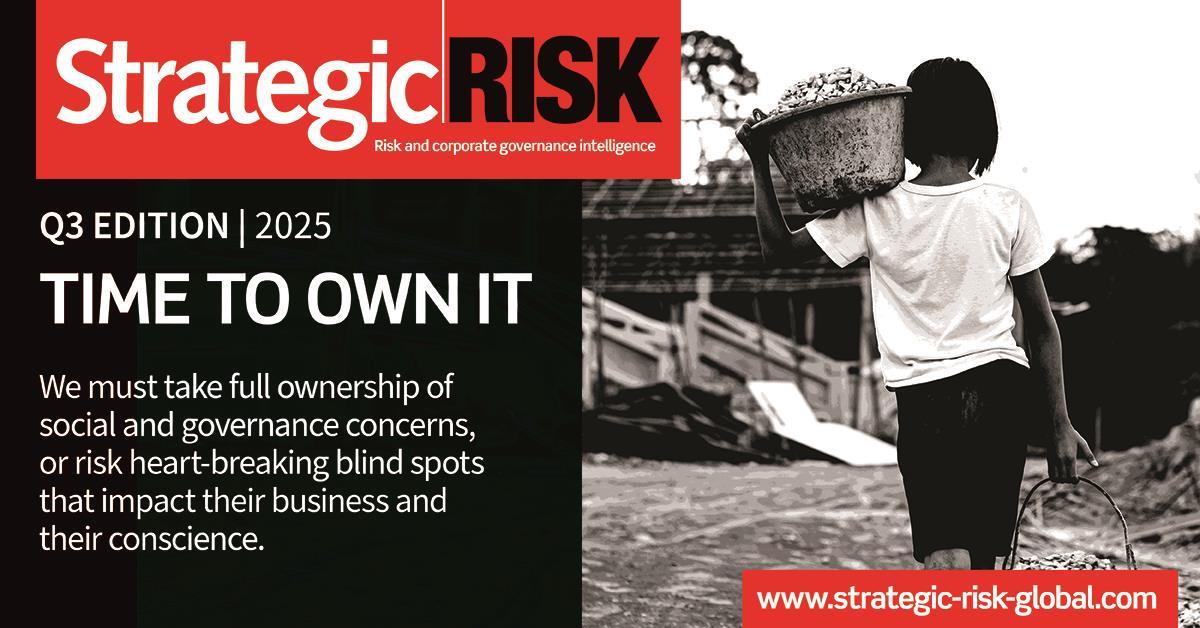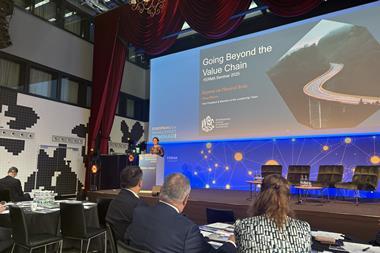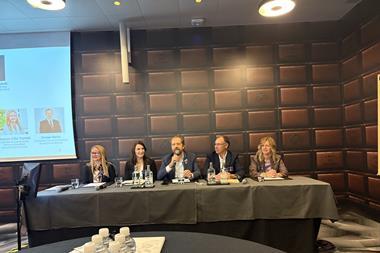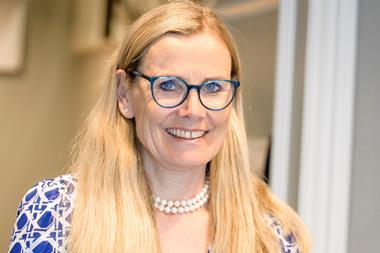Short-term thinking is leaving European organisations exposed to systemic risks, warns FERMA’s new NEXT Report. Here’s how strategic foresight can help risk managers confront emerging threats and build long-term resilience.
European risk managers must shift their focus from short-term gains to long-term resilience if they are to address the complex and interconnected threats facing businesses today, according to a new report by FERMA.

The organisation’s inaugural NEXT (New EXposure Trends) Report, developed by its Foresight Committee, identifies four medium-to-long-term risks with the greatest potential to disrupt European business:
- geopolitical shifts - significant transformations in the global political landscape are creating high levels of uncertainty and instability that will affect trade, investment, and supply chains.
- technological acceleration - Rapid advancements in technologies such as AI, automation, and biotechnology are revolutionising businesses and society, but also create risks such as job displacement, ethical dilemmas, and reduced European competitiveness.
- human capital challenges - Attracting, developing, and retaining talent is becoming increasingly challenging, further complicated by evolving skill requirements and changing employee expectations.
- climate change - A shifting climate presents major risks to businesses, the insurance industry, and society, while also increasing the likelihood of legal actions against corporations in the EU.
The report warns that ingrained short-termism is leaving both companies and governments dangerously exposed. This mindset is often driven by market pressures, operational constraints and regulatory demands, and can hinder the development of forward-looking risk management strategies.
FERMA board member and chair of the Foresight Committee, Philippe Cotelle, said the issue is well understood by the profession but difficult to solve without structural change. “Risk managers are fully aware of the limitations caused by short-term thinking and a narrow focus on known risks, but often lack the capabilities or support needed to address emerging threats,” he said.
Identifying the long-term threats
The four risk areas outlined in the NEXT Report are already reshaping the risk landscape.
Geopolitical shifts, including rising nationalism, weakened multilateral organisations, and the growing influence of emerging economies, are creating new uncertainties for trade, investment and global cooperation. This instability is compounded by the erosion of long-standing alliances and the emergence of new power blocs.
Daria Krivonos, CEO of the Copenhagen Institute for Futures Studies, described the current geopolitical climate as one of growing fragmentation. “We are living in a complex and evolving political landscape,” she said, pointing to the weakening of institutions such as the United Nations and NATO, and to ongoing flashpoints in Ukraine and Gaza.
She warned that the shifting stance of the United States on foreign policy was creating additional uncertainty for European firms.
“The reluctance of the US to fully commit to the defence of Ukraine and Taiwan and the uncertainty it brings is creating a power vacuum,” she explained. “The European Union has an over-reliance on the United States. It would be wrong to say the European Union is in control of its path. However, it remains a significant power, but we need to act decisively and collectively.”
Technological acceleration is also a major concern. While innovation in artificial intelligence, automation and biotechnology offers significant opportunities, it can also lead to job displacement, new ethical dilemmas and a loss of competitive edge for European firms if not carefully managed.
The third risk highlighted in the report is human capital. With skillsets evolving rapidly and employee expectations changing, businesses are struggling to recruit and retain the talent they need. This is exacerbated by demographic shifts and labour shortages across key sectors.
Finally, the impact of climate change is intensifying. Physical risks, legal action, and the challenges of transition to a low-carbon economy are placing mounting pressure on businesses, with insurance protection shrinking at the same time.
Paulino Fajardo, head of disputes for Europe, Middle East and Africa at law firm Herbert Smith Freehills, said climate risk must be front and centre of corporate strategy. “The challenge posed by climate change will have a critical impact and risk managers need to put the climate at the heart of their strategy,” he said. “It is a systemic and critical challenge for businesses and the planet.”
Fajardo also criticised the insurance sector’s retreat from climate-related exposures. “The climate insurance gap has exacerbated corporate vulnerability,” he said. “While the problems faced by businesses go up, insurance goes backwards. We are seeing higher premiums and less capacity. The consequences of the risks are bigger for companies both in terms of rebuilding post-event and the transit to a low carbon future. It is not sustainable.”
Overcoming short-term bias
According to FERMA, one of the most important challenges for the profession is to tackle ingrained cognitive biases that skew risk decisions toward short-term objectives. To do this, the report advocates for the adoption of strategic foresight tools such as horizon scanning, scenario planning, and the “futures wheel”, which explores the ripple effects of emerging trends.
“At the core of this is the adoption of a strategic foresight approach, which enables companies to extend their risk horizon,” the report states. These methods can help risk managers assess how risks may evolve and interact, encouraging more proactive and adaptive planning.
The report also encourages a more holistic view of risk. Rather than treating individual risks in isolation, organisations should consider how different threats are interconnected, and how responses in one area can impact others. By doing so, they can create more robust frameworks that are tailored to their specific organisational dynamics.
The cost of inaction
Krivonos argued that failure to adopt long-term thinking could prove more damaging than any single risk. “If we fail to implement long term thinking in good time, that will be the biggest risk we face,” she said. “Engaging on long term thinking on a structural level is by far the best strategy. The biggest risk is if we look to treat any of these risks as more important than the other.”
The NEXT Report sets out a clear challenge for European risk managers: to champion long-term thinking within their organisations and overcome the institutional barriers that prevent it. In doing so, FERMA hopes they will be empowered not only to mitigate threats but to enable strategic opportunity.














No comments yet